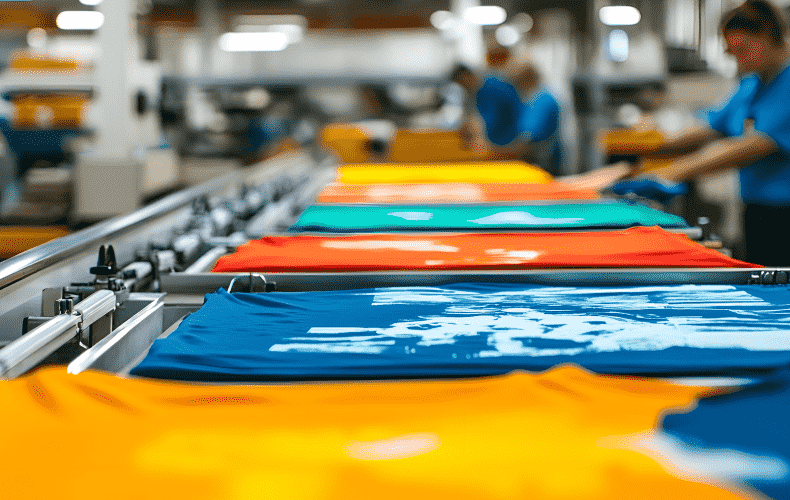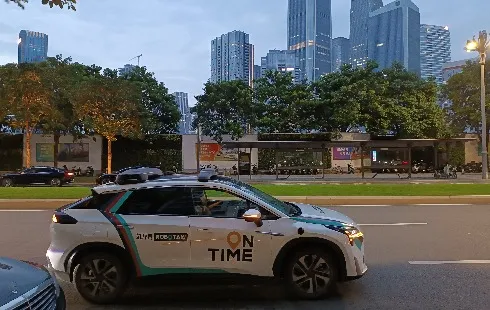
Crypto Investment Entry and Exit Strategies of Institutional Investors
Section: Business
A recent study highlights the significant role played by endothelial cells located in the pulmonary veins, revealing their contribution to the repair of blood vessels following lung injuries. These findings have emerged from collaborative research conducted by institutions including the University of Pennsylvania's School of Veterinary Medicine, the Perelman School of Medicine, the Children's Hospital of Philadelphia, and Vanderbilt University Medical Center.
Endothelial cells, which line the interior of blood vessels, are crucial for maintaining proper blood flow and facilitating angiogenesis, the process through which new blood vessels are formed. When pulmonary injuries occur--such as those resulting from influenza or COVID-19--prompt repair and regeneration of blood vessels become essential to meet the body's oxygen demands. Despite the importance of this process, research in this area has been relatively limited.
The researchers discovered that pulmonary venous endothelial cells (VECs) undergo proliferation in response to injuries caused by respiratory viruses and environmental factors like hyperoxia. Following such injuries, VECs migrate towards the adjacent capillary network, playing an integral role in its regeneration. Moreover, these cells can differentiate into capillary cells, indicating that their remodeling is a direct reaction to lung injury rather than a standard developmental process.
This groundbreaking study has been published in the journal Nature Cardiovascular Research. The lead researcher noted that many patients who contract respiratory viruses, particularly those who are immunocompromised, face risks of acute respiratory distress syndrome, which can lead to intensive care unit admissions. Understanding how to encourage the healing of the vascular network in the lungs could have significant implications for modern medical treatments and patient outcomes.
Co-senior authors of the study emphasized the potential therapeutic applications of targeting VECs to enhance their regenerative capabilities. This research was inspired by previous studies in zebrafish and mice that suggested certain organs may rebuild their capillary networks through the expansion of veins, prompting scientists to explore this phenomenon in the context of lung biology.
In the course of the study, the team faced challenges in identifying and tracking these specific endothelial cells over time due to a lack of existing tools. However, through meticulous analysis of single-cell RNA sequencing data from pulmonary endothelial cells collected at various time points after influenza injury, the researchers identified a gene marker unique to pulmonary veins. This marker enabled the development of a genetically modified mouse model to observe the behavior of VECs post-injury.
Future research efforts will aim to uncover the mechanisms driving VEC sprouting and to explore angiogenesis in other contexts, including cancer. The research team also expressed interest in investigating whether embryonic pulmonary veins play a role in the development of blood vessels in the lungs.
This study not only sheds light on the regenerative properties of pulmonary venous endothelial cells but also opens up new avenues for therapeutic interventions aimed at improving lung repair mechanisms following injury.

Section: Business

Section: Arts

Section: Arts

Section: Business

Section: Business

Section: Arts

Section: Health

Section: Arts

Section: News

Section: News
Health Insurance in Germany is compulsory and sometimes complicated, not to mention expensive. As an expat, you are required to navigate this landscape within weeks of arriving, so check our FAQ on PKV. For our guide on resources and access to agents who can give you a competitive quote, try our PKV Cost comparison tool.
Germany is famous for its medical expertise and extensive number of hospitals and clinics. See this comprehensive directory of hospitals and clinics across the country, complete with links to their websites, addresses, contact info, and specializations/services.
One of the most beautiful squares transforms into a summer stage every year for two days. The Gärtnerplatz Open-Air features a free music and cultural program across three stages, as well as street food from local vendors. On Saturday, the main stage at Gärtnerplatz offers something for everyone,...



No comments yet. Be the first to comment!